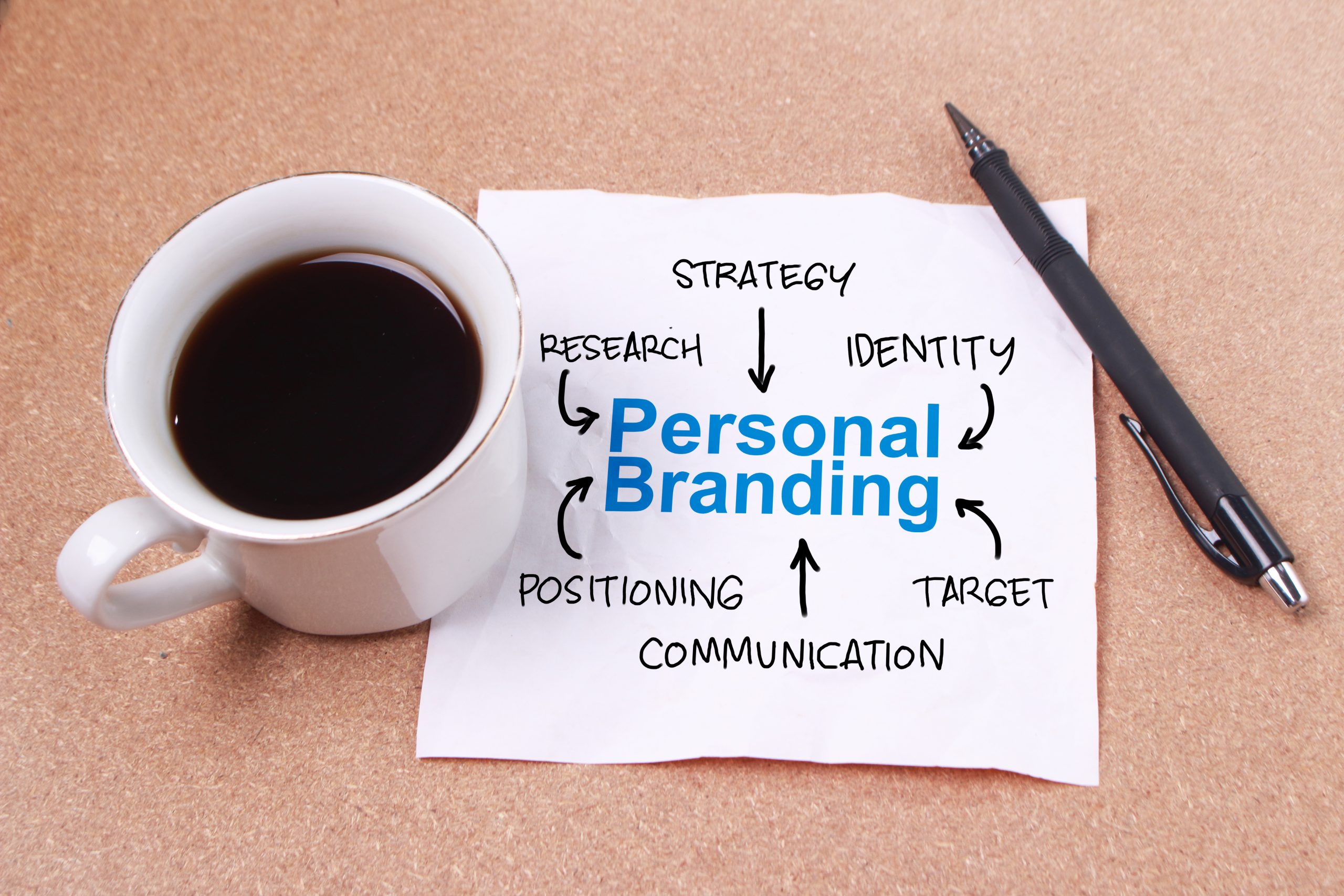The Complete Guide to Building a Memorable Brand Identity
In a competitive market where businesses constantly fight for attention, having a strong brand identity isn’t optional — it’s essential. Your brand identity shapes how your customers view your business, sets you apart from the competition, and builds lasting trust.
Whether you’re launching a new business or giving your current brand a fresh face, this guide will walk you through everything you need to craft a memorable brand identity that connects, inspires, and converts.
What Is Brand Identity?
Brand identity is the combination of visual, verbal, and emotional elements that represent your brand. It’s how you present yourself to your audience — from your logo and color palette to your tone of voice and customer experience.
More than just aesthetics, brand identity tells people who you are, what you believe in, and why they should choose you over others.
Why Is Brand Identity Important?
A consistent and unique brand identity helps your business:
- Gain instant recognition
- Build customer loyalty
- Communicate your values and purpose
- Increase trust and credibility
- Support effective marketing and storytelling
In essence, it’s the difference between being just another option — and being the go-to brand in your industry.
Steps to Build a Memorable Brand Identity
1. Define Your Brand Core
Start by answering foundational questions:
- What is your mission?
- What values do you stand for?
- Who are you trying to serve?
- What makes you different from your competitors?
Knowing your purpose and positioning will guide every other branding decision.
2. Understand Your Target Audience
Your brand identity should resonate with the people you’re trying to reach. Research their needs, preferences, age group, behaviors, and values. The clearer your understanding, the more relevant and authentic your branding will be.
3. Analyze Competitors
Study your competitors — not to copy, but to stand out. Look at their logos, messaging, visual tone, and customer engagement. Identify the gaps and opportunities to create something distinct for your brand.
4. Design a Memorable Logo
A logo is a visual anchor of your brand. It should reflect your personality and be:
- Simple and timeless
- Relevant to your industry
- Versatile for different platforms and sizes
Avoid overcomplication — a clean, professional design always wins.
5. Choose a Unique Color Palette
Colors evoke emotions. The right color choices can enhance recognition and convey your brand’s essence. For example:
- Blue suggests trust and reliability
- Red represents passion and energy
- Green implies growth and harmony
Stick to a consistent palette across your digital and print materials.
6. Pick the Right Fonts
Typography influences how people perceive your brand. Select 2–3 fonts that suit your brand personality — for example, modern and sleek for tech, elegant and serif for luxury.
Make sure fonts are easy to read across devices and mediums.
7. Define Your Brand Voice
Your brand voice is how you “speak” to your audience — whether in ads, emails, or social media. Are you formal or conversational? Fun or informative? Your voice should reflect your values and resonate with your audience’s tone.
8. Create Supporting Visual Elements
Beyond logos and colors, your brand visuals include:
- Patterns and textures
- Icons and graphics
- Photography style
These elements help tie all your content together in a visually cohesive way.
9. Build a Brand Style Guide
A brand style guide ensures that anyone creating content for your brand follows the same visual and messaging rules. It should cover:
- Logo usage rules
- Color codes (RGB, HEX, CMYK)
- Font types and sizes
- Tone and writing examples
- Visual do’s and don’ts
This keeps your brand looking and sounding consistent everywhere.
10. Apply Your Brand Identity Everywhere
Your branding should be visible across every customer touchpoint — website, social media, packaging, emails, business cards, and advertisements. Repetition builds recognition. Consistency builds trust.
Final Thoughts
Your brand identity is more than just a look — it’s an experience. It tells your story, builds emotion, and creates trust. The process of building it takes time, thought, and intentionality, but the results are worth it.
When done right, a strong brand identity can elevate your business, attract loyal customers, and leave a lasting impact in your market.





